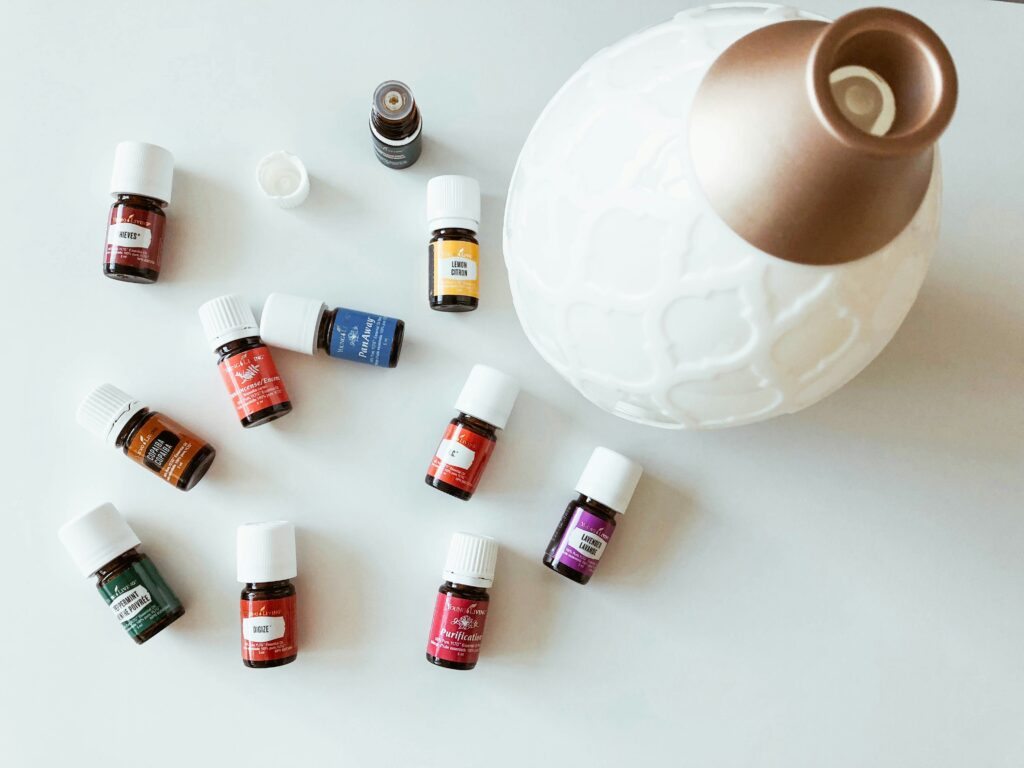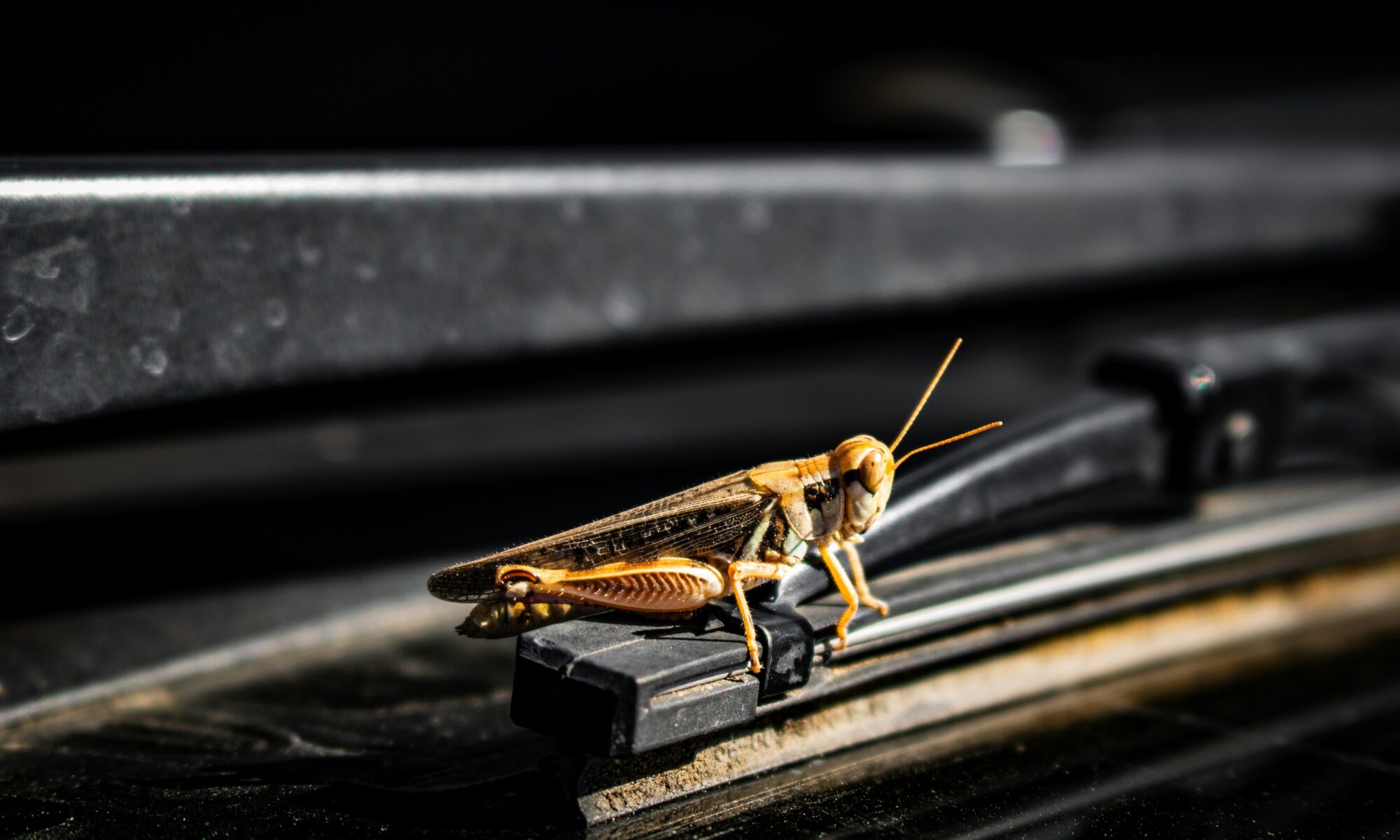Although unheard of in Singapore, pests are a common issue here for homeowners and businesses alike, and effective prevention can save time, money, and headaches. From cockroaches to rodents, termites to ants, pests can compromise health, damage property, and make spaces uncomfortable. To keep your space pest-free, adopting a comprehensive prevention strategy that tackles common pest entry points, breeding areas, and attractants is essential. Here’s your ultimate guide to pest prevention, packed with practical tips and expert insights.

1. Seal All Entry Points
Small cracks, gaps, and openings provide entry points for pests such as ants, cockroaches, and rodents. Sealing these gaps denies pests access to your home and minimizes the chance of an infestation.
What to do:
- Inspect doors, windows, and walls for cracks or gaps, especially around utility pipes and cables.
- Use caulk or weatherstripping to seal any openings.
- Install door sweeps at the base of exterior doors to block rodents and insects.
- Repair torn window screens and ensure vents are covered with mesh.
2. Keep a Clean Kitchen and Dining Area
Food crumbs and spills attract pests, especially ants, cockroaches, and rodents. Maintaining cleanliness where food is prepared and consumed is critical to pest prevention.
What to do:
- Wipe down countertops, dining tables, and floors after meals.
- Store food in airtight containers to prevent access.
- Take out the trash regularly and use a bin with a lid to deter pests.
- Clean under appliances and in corners where crumbs might accumulate.
- Wash dishes promptly to avoid attracting pests.
3. Remove Standing Water Sources
Mosquitoes, termites, and cockroaches thrive in damp environments. Standing water provides an ideal breeding ground for mosquitoes, while moist areas around the home can attract other pests.
What to do:
- Fix any leaky faucets, pipes, or air conditioning units.
- Regularly empty and clean pet water bowls and plant saucers.
- Ensure that gutters and downspouts direct water away from your home.
- Consider using a dehumidifier in damp basements and keep bathrooms well-ventilated.

4. Dispose of Garbage Properly
Garbage attracts a variety of pests, from rodents to flies. Proper disposal and regular bin cleaning minimize the chances of pests taking up residence near your home.
What to do:
- Use sturdy, lidded garbage bins, both indoors and outdoors.
- Empty indoor bins daily and ensure outdoor bins are regularly collected.
- Clean bins regularly with disinfectant to remove food residue and odors.
- Keep garbage areas away from entry points to limit pest attraction to your home.
5. Maintain Your Garden and Outdoor Area
Overgrown plants, standing water, and debris can harbor pests that eventually make their way indoors. Proper outdoor space maintenance is essential to controlling pest populations.
What to do:
- Trim shrubs, grass, and trees regularly to reduce hiding spots for pests.
- Avoid planting shrubs directly against the exterior walls of your home.
- Remove any stagnant water, such as bird baths or unused planters.
- Keep firewood and debris away from the home’s exterior walls to reduce shelter for rodents and termites.
6. Store Firewood and Outdoor Items Properly
If not properly stored, firewood piles, garden tools, and outdoor furniture can attract termites, ants, and other pests. Placing these items near your home increases the likelihood that pests will find a way indoors.
What to do:
- Store firewood off the ground and at least 20 feet from the home.
- Regularly inspect and clean outdoor items before bringing them inside.
- Use covered storage areas for tools and equipment to deter nesting.

7. Practice Safe Food Storage
Improperly stored food invites pests such as ants, cockroaches, and rodents into pantries and cabinets. Good food storage practices help prevent access and reduce pest attraction.
What to do:
- Keep food items in tightly sealed containers, especially grains, flour, and snacks.
- Regularly inspect pantry shelves and cabinets for any spilled or expired food.
- Avoid leaving pet food out overnight, as it can attract rodents and insects.
8. Schedule Regular Inspections
Professional inspections can help detect early signs of infestations, identify vulnerable areas, and provide targeted treatments to keep your home pest-free. Regular inspections are beneficial for spotting hidden infestations, such as termites and rodents, before they cause significant damage.
What to do:
- Schedule annual pest inspections with a reputable pest control company.
- Have specialists inspect common problem areas such as basements, attics, and crawl spaces.
- Follow up with necessary treatments if any pest activity is detected.

9. Use Natural Repellents
Natural repellents can effectively deter pests without introducing harmful chemicals into your home. They are often safer for households with pets or young children and complement other pest control methods.
What to do:
- Use essential oils like peppermint, tea tree, and eucalyptus to deter ants, spiders, and mosquitoes.
- Sprinkle diatomaceous earth around entry points and areas where pests are seen; it is effective against insects such as cockroaches and ants.
- Plant pest-repelling herbs like basil, rosemary, and lavender near entry points to naturally ward off insects.
10. Prevent and Control Indoor Humidity
Humid environments attract pests, especially cockroaches and silverfish. Controlling humidity levels in your home helps prevent infestations and makes the space less attractive to moisture-loving pests.
What to do:
- Use dehumidifiers in humid areas like basements and bathrooms.
- Ensure adequate ventilation in rooms prone to moisture buildup.
- Clean and maintain ventilation systems to reduce humidity.
- Fix leaks promptly and dry out any areas affected by water damage.
11. Educate Your Household
Consistent pest prevention requires everyone in the household to be mindful of their habits. Simple actions like closing doors, disposing of food waste, and cleaning up spills contribute significantly to a pest-free environment.
What to do:
- Establish and communicate household rules for food storage, cleaning, and trash disposal.
- Encourage family members to clean up after themselves and practice good hygiene.
- Educate children on the importance of not leaving food out or touching walls, where they might inadvertently introduce pests.
Final Thoughts
Pest prevention involves a combination of simple daily practices, good hygiene, and regular indoor and outdoor maintenance. You can create a clean, pest-free home by understanding what attracts pests and implementing effective strategies to control these attractants. While DIY methods and natural repellents are helpful, professional inspections and treatments are vital for ensuring long-term pest control, especially in pest-prone regions like Singapore. You could also go the extra mile by hiring additional help by getting a part-time cleaner to help you out!
A pest-free home isn’t just about comfort — it’s about ensuring a healthy environment for you and your family.



You must be logged in to post a comment.